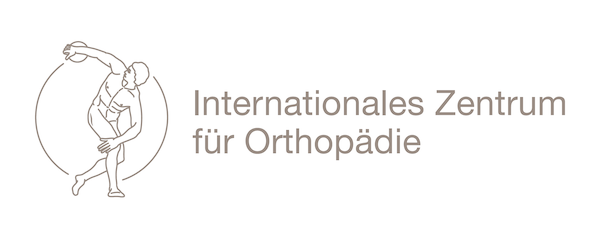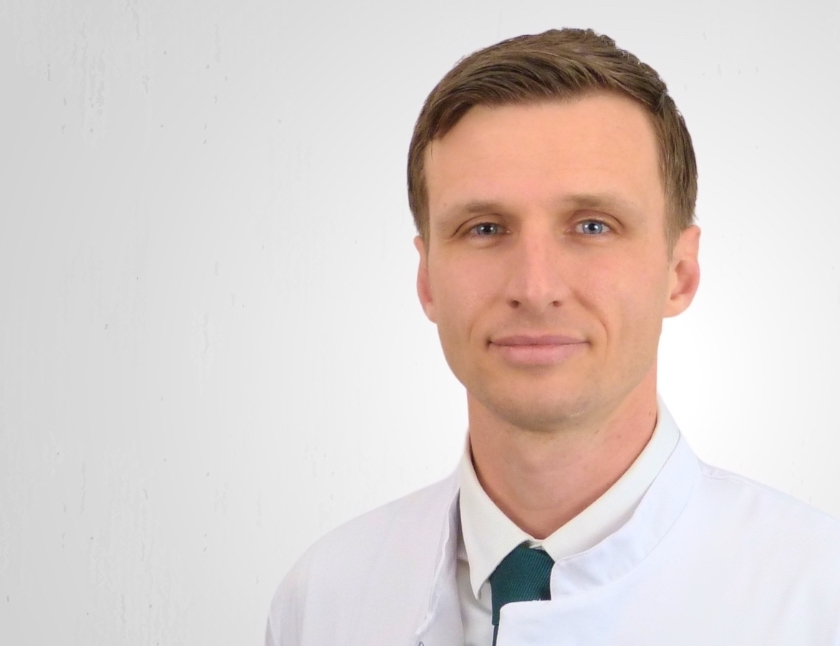Treatment of the elbow joint
The International Center for Orthopedics at ATOS Clinic Heidelberg specializes in the treatment of the elbow joint. The elbow is a hinge joint that connects the upper arm to the lower arm. Although the upper arm does not carry any weight, the complex anatomy of the elbow joint makes it one of the most vulnerable joints in the body to injury and disease.
Below you will learn how an injury or disease of the elbow manifests itself. What symptoms should you look out for and when should you consult a specialist? You will also discover what treatment options are available today and what rehabilitation can involve.
Elbow injuries and diseases
Tennis Elbow
What is tennis elbow and what are its symptoms?
Tennis elbow, also known as lateral epicondylitis, is a painful condition commonly associated with tennis and other racquet sports. It results from overuse of the tendons on the outside of the elbow. Symptoms include pain, especially when grasping and lifting objects.
Can only athletes get tennis elbow?
No, although the name is reminiscent of tennis, tennis elbow can also occur in non-athletes who perform repetitive hand and arm movements.
What is the medical treatment for tennis elbow?
Treatment often involves rest, physiotherapy (cryotherapy) and anti-inflammatory medication. Stretching and strengthening exercises may also be helpful.
In some cases, a forearm brace or cuff may help relieve the pain. In more persistent cases, shock wave therapy, autologous conditioned plasma (ACP) injections or corticosteroids may help. Early diagnosis and appropriate treatment are essential to promote recovery and minimise long-term damage.
Golfer’s Elbow
What is golfer’s elbow and how is it diagnosed?
Golfer’s elbow, also known as medial epicondylitis, is a painful condition that primarily affects golfers, but can also affect other people. This injury is caused by repetitive stress on the tendons on the inside of the elbow. Symptoms include pain and stiffness in the inside of the elbow, especially with grip and hand movements.
How does golf elbow develop? And how is it treated medically?
Although the name refers to golfers, golfer’s elbow can also occur in non-athletes who perform repetitive hand and arm movements. Treatment consists of rest, physiotherapy (cryotherapy), anti-inflammatory medication and specific exercises. Wearing an elbow brace and shockwave therapy may also help.
Adapting activities and making ergonomic improvements can help reduce strain. In some cases, injections of autologous conditioned plasma (ACP) or corticosteroids may be considered. Early diagnosis and appropriate measures are essential to promote recovery and minimise long-term damage.
Elbow osteoarthritis
What is elbow osteoarthritis and how does it develop?
Elbow osteoarthritis is a degenerative joint disease in which the cartilage in the elbow joint deteriorates. It can be caused by wear and tear, injury or ageing. Typical symptoms include pain, stiffness and limited range of motion in the elbow.
What are the treatment options?
Osteoarthritis of the elbow can have a significant impact on quality of life and make daily activities difficult. Treatment options range from conservative measures such as painkillers, physiotherapy and anti-inflammatory drugs to more advanced options such as injections or surgery, depending on the severity of the osteoarthritis.
Muscle and tendon injuries in the elbow
How do tendon injuries to the elbow occur and how do you recognise them?
Elbow tendon injuries can occur for a number of reasons, including overuse or trauma. Symptoms include pain, swelling and restricted movement.
Can they be treated? If so, what are the methods?
Conservative approaches such as rest, cryotherapy, physiotherapy and anti-inflammatory medication are often recommended as initial measures. In more advanced cases, targeted injection therapy with ACP (autologous conditioned plasma) may be considered to support or accelerate healing.
Does an elbow tendon injury require surgery?
Surgical options range from tendon reconstruction to minimally invasive tendon repair procedures. Accurate diagnosis and individualised treatment plans are essential to ensure optimal healing and restoration of elbow function.




